Chikungunya was first recognized in 1952. It is not transmitted directly from person to person but through the bite of an Aedes mosquito (the same mosquito that transmits dengue fever). Chikungunya symptoms appear 4 to 8 days (range 2 to 12 days) after being bitten by an infected mosquito.
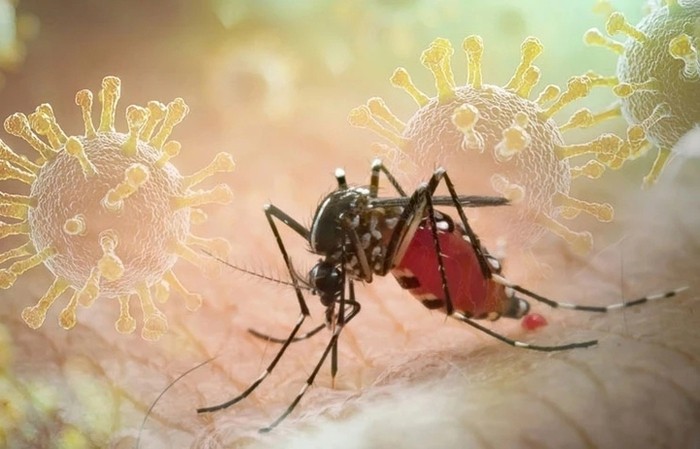
The disease is characterized by a high fever with sudden onset, often accompanied by severe joint pain. Other common signs and symptoms include: joint stiffness, arthritis, headache, fatigue, and rash.
Symptoms are similar to those of dengue fever, but joint pain and swelling are more prominent. Dengue fever, on the other hand, often has more bleeding symptoms.
People should not self-treat at home. When there are signs of suspected illness, they must immediately go to the nearest medical facility for timely consultation, examination and treatment. According to the Department of Disease Prevention ( Ministry of Health ), currently, the infectious disease surveillance system in our country has not recorded any reports of Chikungunya cases from localities.
However, the Chikungunya epidemic is on the rise in some countries in the region, especially in China. Meanwhile, the Aedes mosquito that transmits the disease has also circulated in many localities in our country. Therefore, there is a high risk of the disease entering our country through immigrants carrying the pathogen.
There is currently no vaccine to prevent the disease and no treatment, only symptomatic treatment. Patients should rest and drink plenty of fluids to avoid dehydration; use drugs such as Acetaminophen or Paracetamol to reduce fever and pain.
Absolutely do not use Aspirin and other Non-steroidal anti-inflammatory drugs unless Dengue fever has been ruled out to minimize the risk of bleeding.
There are two Chikungunya vaccines that have been approved by regulatory authorities and/or recommended for use in at-risk populations in some countries, but these vaccines are not yet widely available or used.
WHO and external experts are reviewing vaccine trial data and post-marketing data in the context of the global Chikungunya epidemiology to inform possible use recommendations.
In order to proactively control and prevent the epidemic, the Ministry of Health has issued an official dispatch to the People's Committees of provinces and cities requesting to strengthen epidemic surveillance at border gates, medical facilities and communities to promptly detect suspected cases, especially in areas with people returning from epidemic areas.
The Ministry also directed the Department of Health of provinces and cities to strengthen monitoring and early detection of suspected cases to thoroughly handle outbreaks right from the first case; at the same time, well organize the readiness to admit and treat patients, and decentralize expertise to avoid hospital overload.
The Institutes of Hygiene and Epidemiology, Pasteur Institutes, and hospitals under the Ministry of Health shall strengthen the direction of Chikungunya disease prevention and control in the locality, especially in border provinces; provide professional and technical guidance to localities in monitoring and treating patients, thoroughly handling outbreaks, and organizing inspection, monitoring, and support teams at risk of outbreaks...
Chikungunya Prevention Measures
- People returning from countries and regions with an increase in Chikungunya epidemic: Need to actively monitor their health within 12 days; if there are any unusual signs of health (such as fever, joint pain, rash...) need to go immediately to a medical facility for examination, consultation and timely treatment.
- People in households and residential areas need to cover all water containers to prevent mosquitoes from laying eggs; weekly take measures to kill larvae by releasing fish into large water containers; washing medium and small water containers, turning over containers that do not contain water; changing the water in flower vases; adding salt, oil or larviciding chemicals to bowls of water placed under cupboards.
- People need to pay attention to sleeping under mosquito nets, wearing long clothes to prevent mosquito bites even during the day; actively cooperate with the health sector in spraying chemicals to prevent and control epidemics.
- People traveling or working in areas where Chikungunya is on the rise should proactively prevent mosquito bites. Actively monitor their health and notify health authorities if they have symptoms similar to Chikungunya.
Source: https://baolaocai.vn/khong-nen-tu-y-dieu-tri-khi-co-dau-hieu-mac-chikungunya-post879688.html



![[Photo] Panorama of the 2025 Community Action Awards Final Round](https://vphoto.vietnam.vn/thumb/1200x675/vietnam/resource/IMAGE/2025/11/15/1763206932975_chi-7868-jpg.webp)

![[Photo] Prime Minister Pham Minh Chinh meets with representatives of outstanding teachers](https://vphoto.vietnam.vn/thumb/1200x675/vietnam/resource/IMAGE/2025/11/15/1763215934276_dsc-0578-jpg.webp)
![[Photo] General Secretary To Lam receives Vice President of Luxshare-ICT Group (China)](https://vphoto.vietnam.vn/thumb/1200x675/vietnam/resource/IMAGE/2025/11/15/1763211137119_a1-bnd-7809-8939-jpg.webp)

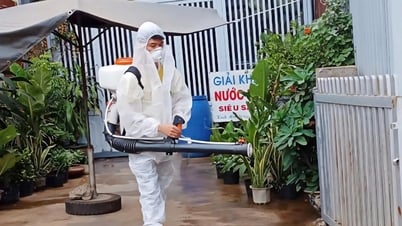

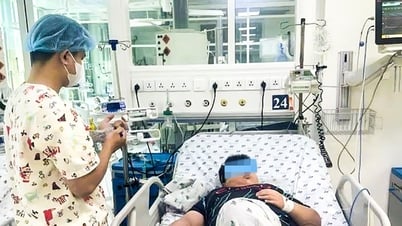

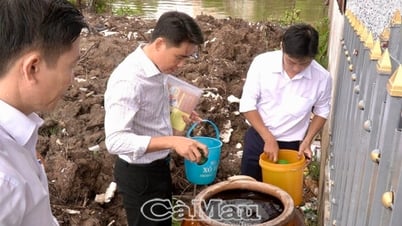


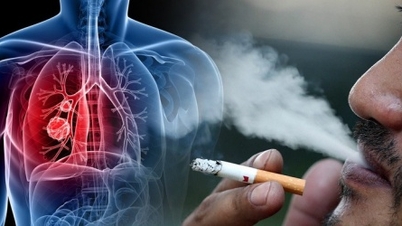



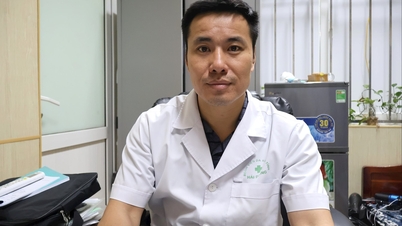

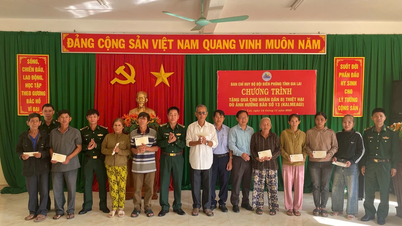





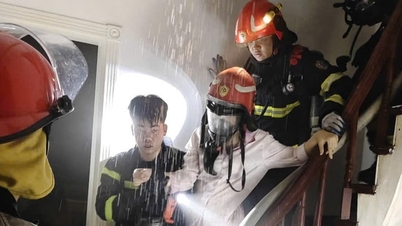







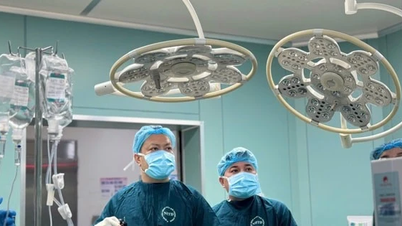
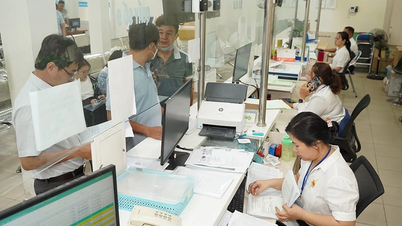

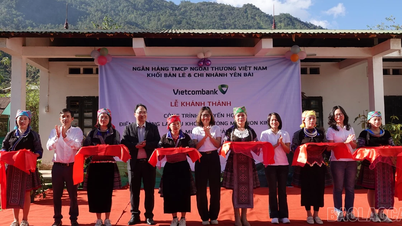

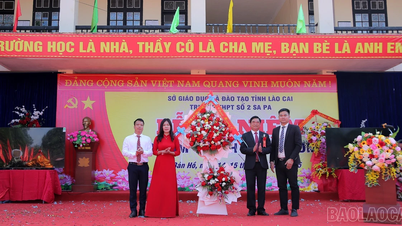
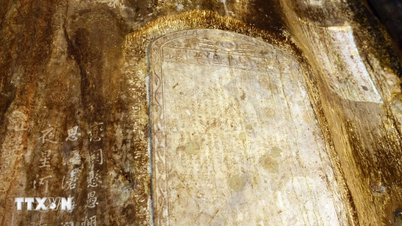



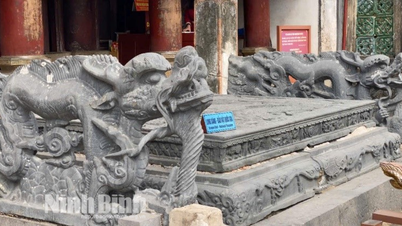





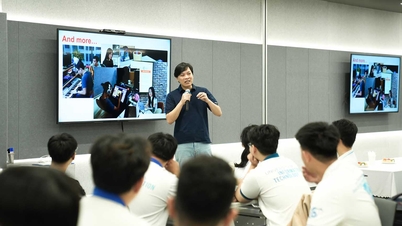






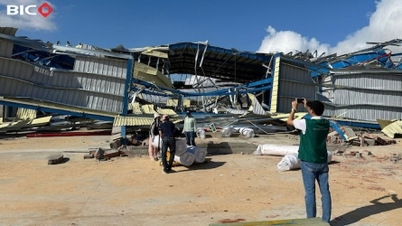






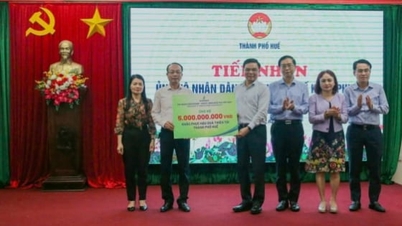






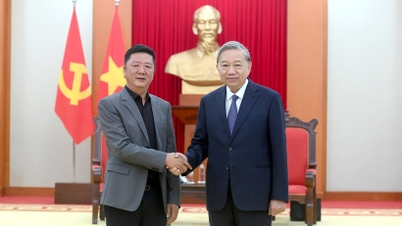

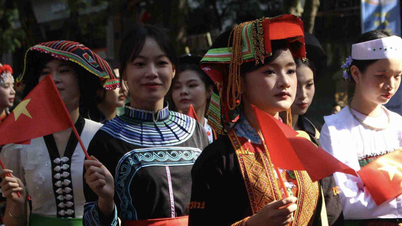

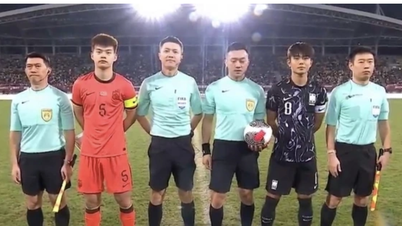


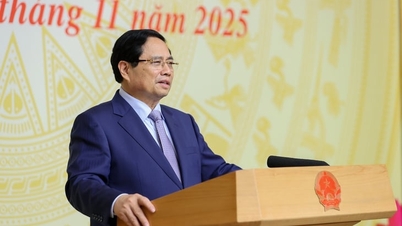
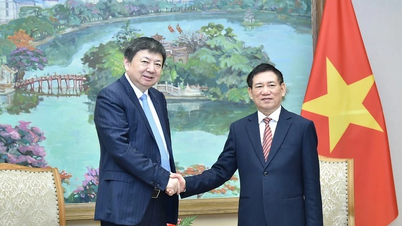






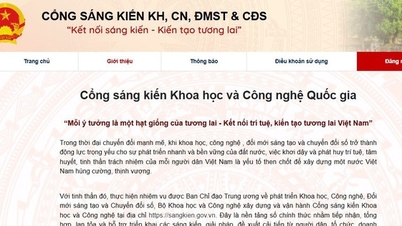

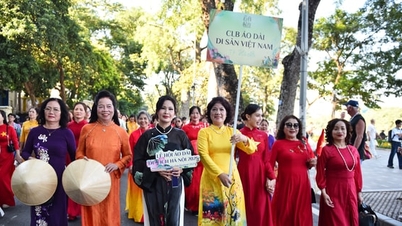


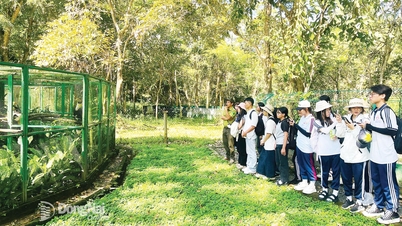


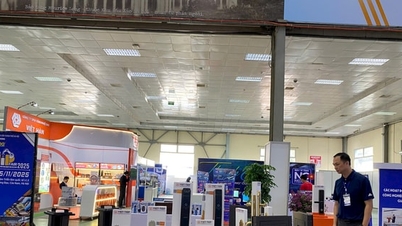


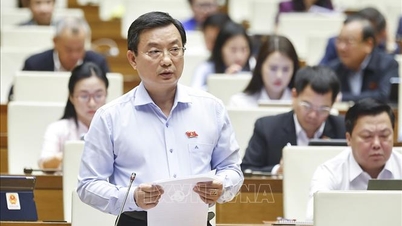







Comment (0)